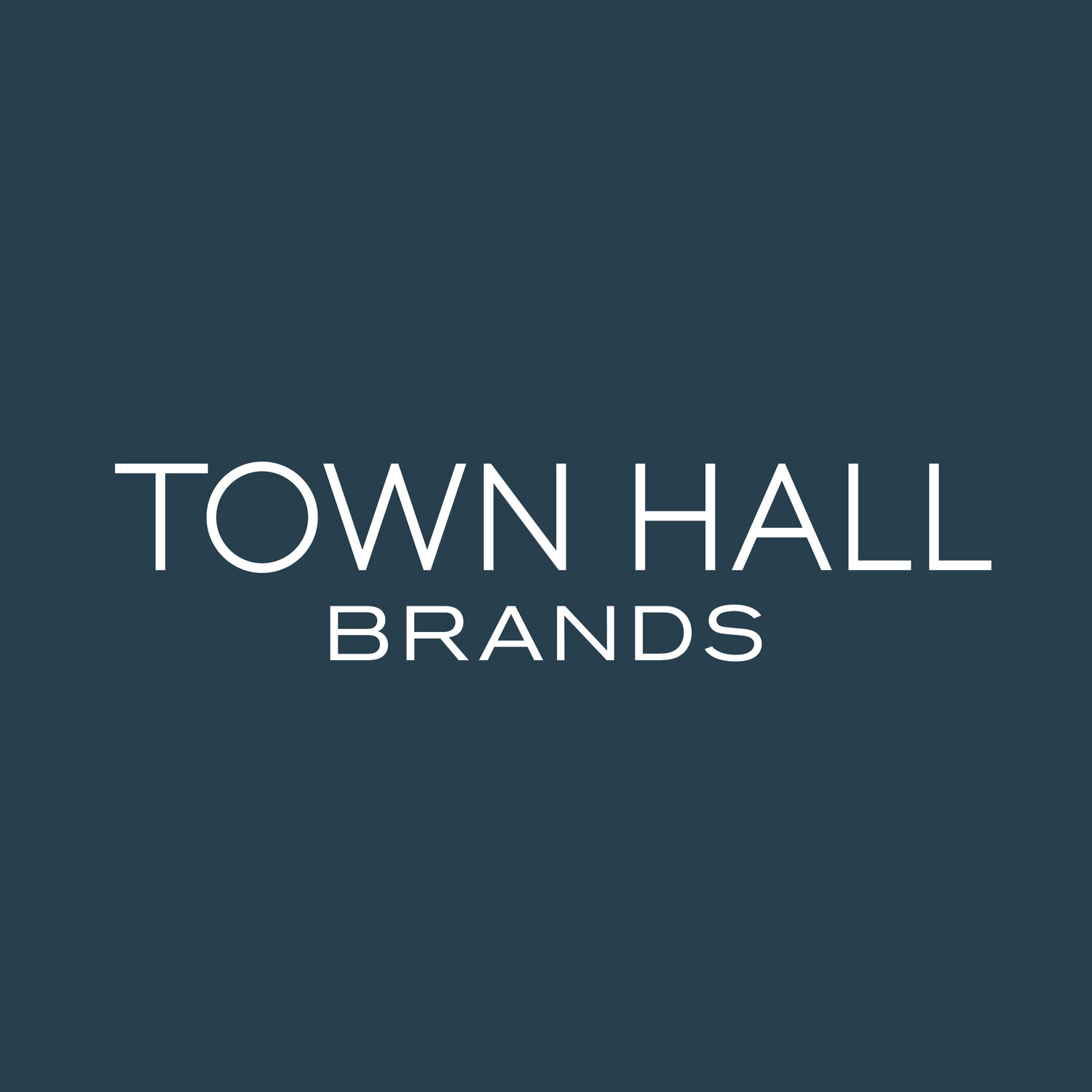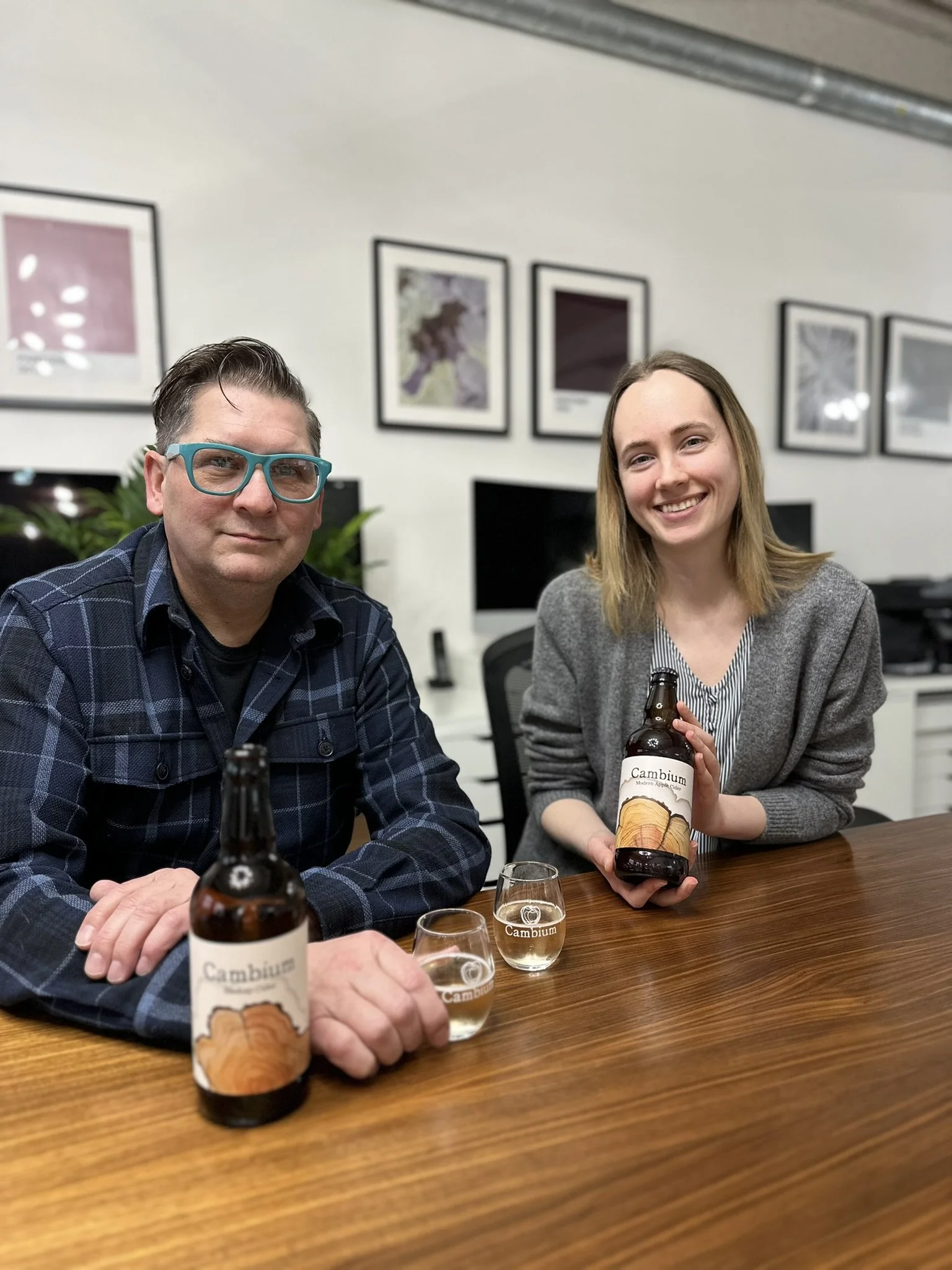by Sujinder Juneja
Following two successful conferences in Santa Barbara, California and Penticton, British Columbia, in August 2015, I will be participating in my third-in-a-row Wine Bloggers Conference #withTownHall; this year in Corning, New York and hosted by the wineries of the Finger Lakes AVA.
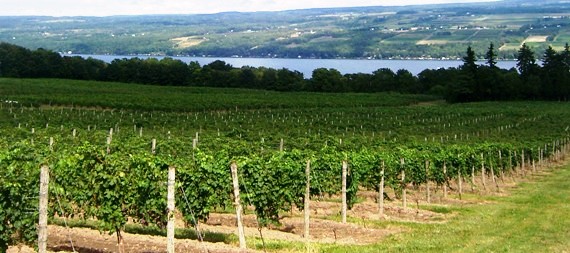
Although the region has been growing grapes (a mixture of native Vitis Labrusca, European Vitis Vinifera and French-American hybrids) since 1829, it’s still a small and arguably emergent region, with production levels such that few of their wines make it all the way to the left coast. I am very excited to finally get a chance to gain a better understanding of what makes these cool-climate wines, and the Finger Lakes region itself, so unique.
So when I was asked to pick the ‘top three’ things that I really wanted to learn while I was visiting (and tasting), here’s what I came up with:
I Love to Get My Hands Dirty
When people use the word ‘terroir’ to discuss the specific traits of different wine regions in the world, it’s important to note that the concept doesn't just refer to the soil. ‘Terroir’ translates loosely as a “sense of place” and refers not only to the complex geology within the soil itself, but also the geography (aspect, slope), the climate, the weather and even the surrounding flora and fauna that may have an effect on the agricultural crop in question.

Coming from British Columbia, which is also described as a cool climate wine region, one of the first things I want to learn about the Finger Lakes AVA is what makes its terroir so special for the wine that it produces. Both regions share a similar history of commercial wine development, each of them dating back to the mid 1800s when grapes were first planted by the clergy for use in sacramental rituals. Each region experimented with native vines and hybrids before moving towards increased plantings of the European Vitis Vinifera varieties, to varying degrees of success. I want to learn more about the geology and geography that adds to the bright and minerally flavours of the Finger Lakes wines.
The Right Grape for the Right Place
The fact that both British Columbia and the Finger Lakes have shared a similar path in terms of varietal experimentation forces me to think about the reasons some grapes are planted more than others. Some are chosen for their ability to ripen properly in a given climate, while others are chosen because they are more fashionable or commercially viable, even if the resultant wine suffers in quality. The more winemakers, grape growers and soil specialists I speak to, the more I realize that it doesn't make sense to plant consumer-friendly, but slow-ripening varietals, like Cabernet Sauvignon, for example, in regions that simply don’t get the heat units to enable them to fully mature to produce balanced wines. It makes more sense to plant grapes and produce wine that matches the ‘terroir’ of the vineyard.
It’s been noted that the wines of the Finger Lakes region are fresh, with naturally high acid and low alcohol – you’ll have to look elsewhere for wines with rich intensity and depth of fruit. French vignerons are way ahead of the game, having studied their own terroir for centuries. That’s why you don’t see Cabernet Sauvignon in Burgundy and you don’t see Pinot Noir in Bordeaux. The grapes suit the land and produce the best possible wines. So although Riesling and Pinot Noir (both very fashionable varietals) have become the dominant plantings in the region, the second thing I want to experience about the Finger Lakes AVA is these less-recognized varietals which have been developed specifically for the region. When is the last time you sipped a Cayuga White or a Valvin Muscat? It’s my aim to try as many of these unique varietals as I can, hoping to find some new favourites in the process.
A European Invasion
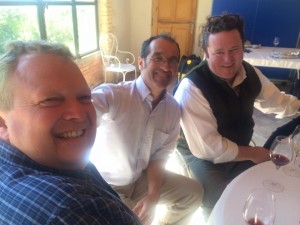
The third thing I really want to know about the Finger Lakes AVA is: what is it that is so exciting about the region that makes it attract some of the highest profile international winemakers to start their own projects there?
The first I heard about was Louis Barruol, owner and winemaker at Chateau de Saint Cosme in Gigondas (and one of my favourite all-time wineries), who is one of the most acclaimed and respected winemakers in the entire Rhone Valley, if not the world.
He recently partnered with local Finger Lakes investors to create Forge Cellars, a winery in the Seneca Lake AVA that focuses exclusively on Riesling and Pinot Noir. With more than 500 years of family experience making wines from Syrah, Grenache and Mourvedre and Viognier in hot Southern France, what made him invest in Riesling and Pinot Noir in cooler upstate New York?
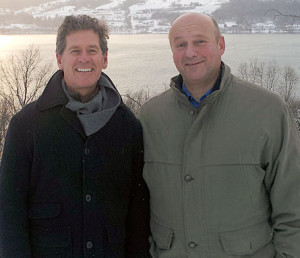
More recently, a joint venture was announced between leading California winemaker and consultant Paul Hobbs and the Mosel Valley’s Johannes Selbach that saw them purchase a 67-acre site on the southeastern shore of Seneca Lake that will ultimately be planted with 45 acres of Riesling, Gewürztraminer and Pinot Blanc.
What is it about the Finger Lakes that drew these two titans of the wine industry together? It’s a big question, but I aim to find the answer.
August can’t come soon enough. Very much looking forward to exploring the Finger Lakes wine region from August 13-16 at this year’s Wine Bloggers Conference.
 Pedro is a soil and terroir consultant from Chile. To keep it simple, he assesses vineyard soil and determines which grape varietals will grow best based on soil type and composition. This includes digging pits and truly understanding the soil since different soil types yield different results in finished wine.
Pedro is a soil and terroir consultant from Chile. To keep it simple, he assesses vineyard soil and determines which grape varietals will grow best based on soil type and composition. This includes digging pits and truly understanding the soil since different soil types yield different results in finished wine.